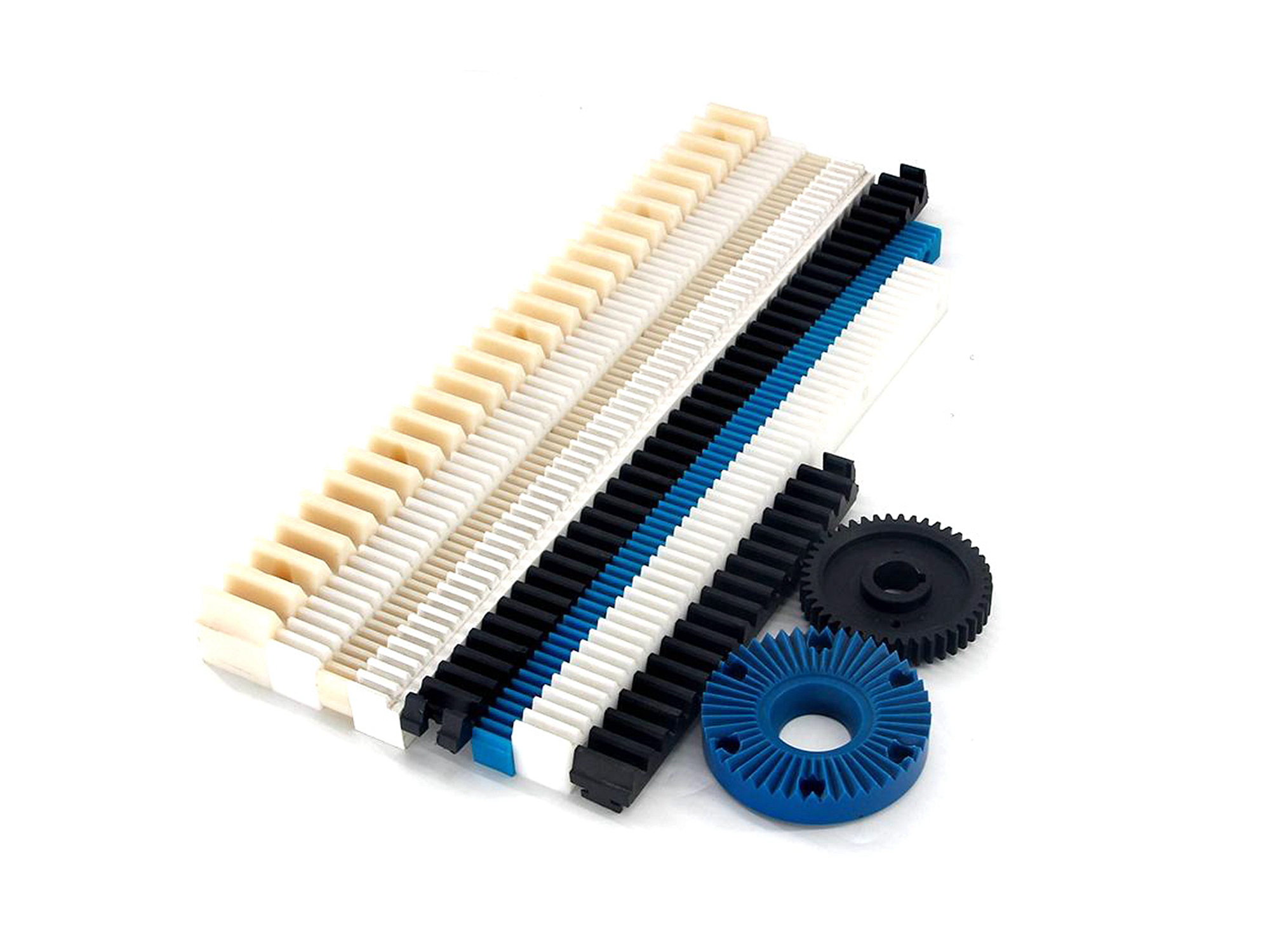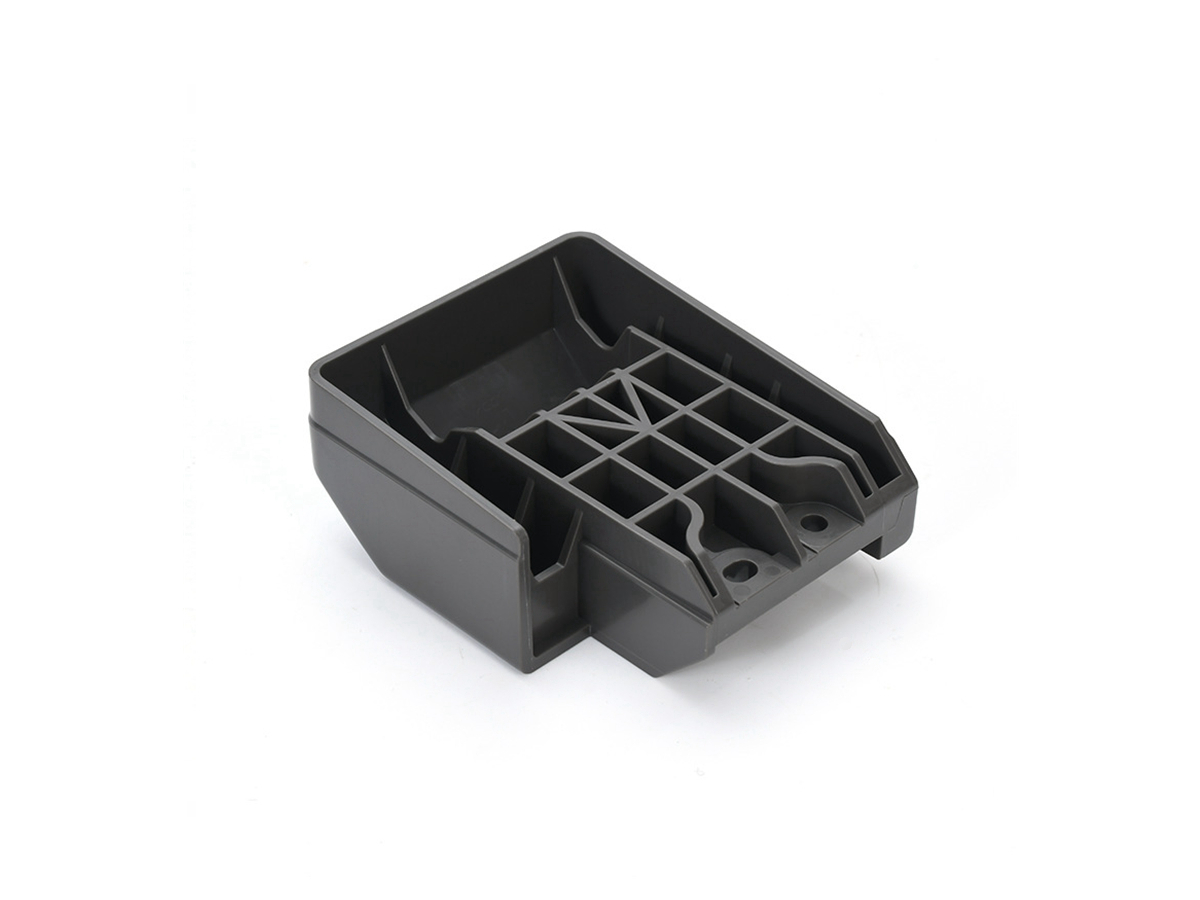Acrylic (PMMA)
Introduction to Acrylic (PMMA): A Transparent, Versatile Material for CNC Machining
Acrylic (PMMA), also known as Polymethyl Methacrylate, is a transparent thermoplastic often used as an alternative to glass due to its excellent optical clarity, lightweight, and ease of processing. Known for its excellent surface finish and high impact resistance, PMMA is ideal for applications where optical transparency and durability are essential. It is commonly used in industries like automotive, signage, lighting, and even medical devices.
In CNC machining, CNC-machined acrylic parts are highly valued for their ease of processing, aesthetic appeal, and cost-effectiveness. PMMA is frequently chosen for parts such as display cases, light lenses, and transparent panels due to its ability to be machined to fine tolerances while maintaining a clean, glossy finish.
Acrylic: Key Properties and Composition
Acrylic Chemical Composition
Element | Composition (wt%) | Role/Impact |
|---|---|---|
Carbon (C) | 60–70% | Provides the rigid structure and optical clarity of the polymer. |
Hydrogen (H) | 8–10% | Contributes to the flexibility and workability of the polymer. |
Oxygen (O) | 20–30% | Enhances the material’s ability to bond and retain shape. |
Methyl Methacrylate (MMA) | 100% | The core monomer of acrylic, offering rigidity and optical clarity. |
Acrylic Physical Properties
Property | Value | Notes |
|---|---|---|
Density | 1.18 g/cm³ | Lighter than glass but provides similar optical clarity. |
Melting Point | 160–200°C | Suitable for moderately high-temperature applications. |
Thermal Conductivity | 0.19 W/m·K | Low thermal conductivity, making it useful for insulation purposes. |
Electrical Resistivity | 1.0×10⁻¹³ Ω·m | Good electrical insulator, commonly used in electronics. |
Acrylic Mechanical Properties
Property | Value | Testing Standard/Condition |
|---|---|---|
Tensile Strength | 70–100 MPa | Suitable for structural applications where strength is required. |
Yield Strength | 55–75 MPa | Performs well under moderate mechanical loads. |
Elongation (50mm gauge) | 5–10% | Offers flexibility but is more brittle than some other plastics. |
Brinell Hardness | 40–60 HB | Soft compared to metals but offers excellent surface finishes. |
Machinability Rating | 85% (vs. 1212 steel at 100%) | High machinability, ideal for creating precision parts and tight tolerances. |
Key Characteristics of Acrylic: Benefits and Comparisons
Acrylic is known for its clarity, impact resistance, and ease of machining. Below is a technical comparison highlighting its unique advantages over other materials like Polycarbonate (PC), Polystyrene (PS), and Polypropylene (PP).
1. Transparency and Aesthetic Appeal
Unique Trait: Acrylic offers excellent transparency, allowing for clear, visually appealing components, often used as a glass substitute.
Comparison:
vs. Polycarbonate (PC): Acrylic provides better optical clarity than PC but is more brittle and prone to cracking under impact.
vs. Polystyrene (PS): Acrylic offers superior transparency and UV resistance compared to PS, making it a more durable option for clear components.
vs. Polypropylene (PP): PP is more opaque than acrylic and lacks the same optical clarity, but it offers better chemical resistance.
2. Impact Resistance
Unique Trait: Acrylic offers moderate impact resistance, suitable for applications where breakage is not a concern, but durability is.
Comparison:
vs. Polycarbonate (PC): Polycarbonate is more impact-resistant than acrylic, making it a better choice for parts exposed to high-impact environments.
vs. Polystyrene (PS): Polystyrene is more brittle than acrylic, making acrylic the preferred choice for transparent and durable applications.
vs. Polypropylene (PP): Polypropylene is more resistant to stress cracking than acrylic, making it a better choice for parts under frequent stress.
3. UV Resistance
Unique Trait: Acrylic is highly resistant to UV radiation, making it ideal for outdoor applications requiring long-term sunlight exposure.
Comparison:
vs. Polycarbonate (PC): Polycarbonate provides lower UV resistance than acrylic but offers superior impact resistance.
vs. Polystyrene (PS): Polystyrene is more prone to UV degradation, while acrylic maintains its optical clarity and strength under UV exposure.
vs. Polypropylene (PP): Polypropylene is less UV-resistant than acrylic and tends to degrade faster when exposed to sunlight.
4. Ease of Machining
Unique Trait: Acrylic is easy to machine, allowing for precision cuts, drilling, and forming with minimal effort, making it ideal for creating intricate shapes.
Comparison:
vs. Polycarbonate (PC): Polycarbonate is harder to machine than acrylic, requiring special tools and techniques.
vs. Polystyrene (PS): Polystyrene is easier to machine than acrylic, but it lacks the strength and durability needed for high-performance applications.
vs. Polypropylene (PP): Polypropylene is tougher to machine and less suitable for precision applications than acrylic.
5. Cost-Effectiveness
Unique Trait: Acrylic is cost-effective compared to many other transparent plastics, making it ideal for producing clear, durable parts.
Comparison:
vs. Polycarbonate (PC): Polycarbonate is more expensive than acrylic but offers superior impact resistance, making it the better choice for demanding applications.
vs. Polystyrene (PS): Polystyrene is cheaper than acrylic, but it lacks the durability and clarity for higher-end applications.
vs. Polypropylene (PP): Polypropylene is less expensive than acrylic, but it does not offer the same level of transparency and aesthetic quality.
CNC Machining Challenges and Solutions for Acrylic
Machining Challenges and Solutions
Challenge | Root Cause | Solution |
|---|---|---|
Cracking | Brittle nature of acrylic under stress | Use slower feed rates, proper tool sharpening, and controlled cooling during machining. |
Surface Finish | Material can develop scratches during machining | Use polished carbide tools and low feed rates to avoid scratches. |
Burr Formation | Material's tendency to form sharp edges | Use sharp tools and ensure high-speed, low-pressure cutting to minimize burrs. |
Optimized Machining Strategies
Strategy | Implementation | Benefit |
|---|---|---|
High-Speed Machining | Spindle speed: 3,500–5,000 RPM | Minimizes tool wear and provides a better finish. |
Climb Milling | Use for larger or continuous cuts | Achieves smoother surface finishes (Ra 1.6–3.2 µm). |
Coolant Usage | Use mist coolant | Prevents overheating and reduces the risk of distortion. |
Post-Processing | Sanding or polishing | Achieves a superior finish for aesthetic and functional parts. |
Cutting Parameters for Acrylic
Operation | Tool Type | Spindle Speed (RPM) | Feed Rate (mm/rev) | Depth of Cut (mm) | Notes |
|---|---|---|---|---|---|
Rough Milling | 2-flute carbide end mill | 3,500–4,500 | 0.20–0.30 | 3.0–5.0 | Use mist coolant to reduce heat buildup. |
Finish Milling | 2-flute carbide end mill | 4,500–5,500 | 0.05–0.10 | 0.5–1.0 | Climb milling for smoother finishes (Ra 1.6–3.2 µm). |
Drilling | Split-point HSS drill | 2,000–2,500 | 0.10–0.15 | Full hole depth | Use sharp drills to avoid material cracking. |
Turning | Coated carbide insert | 3,000–3,500 | 0.10–0.25 | 1.5–3.0 | Air cooling is recommended for reducing distortion. |
Surface Treatments for CNC Machined Acrylic Parts
UV Coating: Adds UV resistance, protecting acrylic parts from degradation due to prolonged sunlight exposure. Can provide up to 1,000 hours of UV resistance.
Painting: Provides a smooth aesthetic finish and adds protection against environmental factors with a 20–100 µm thick layer.
Electroplating: Adds a corrosion-resistant metallic layer of 5–25 µm, improving strength and extending part life in humid environments.
Anodizing: Provides corrosion resistance and enhances durability, especially useful for applications exposed to harsh environments.
Chrome Plating: Adds a shiny, durable finish that improves corrosion resistance, with a 0.2–1.0 µm coating ideal for automotive parts.
Teflon Coating: Provides non-stick and chemical-resistant properties with a 0.1–0.3 mm coating, ideal for food processing and chemical handling components.
Polishing: Achieves superior surface finishes with Ra 0.1–0.4 µm, enhancing both appearance and performance.
Brushing: Provides a satin or matte finish, achieving Ra 0.8–1.0 µm for masking minor defects and improving the aesthetic appeal of acrylic components.
Industry Applications of CNC Machined Acrylic Parts
Signage Industry
Advertising Displays: Acrylic’s clarity and ease of machining make it perfect for illuminated signs and display cases.
Medical Devices
Medical Equipment Housings: Acrylic is used for housing medical devices due to its clarity, ease of cleaning, and impact resistance.
Consumer Electronics
Smartphone Cases: Acrylic is often used for consumer electronic enclosures, providing protection without sacrificing appearance.
Technical FAQs: CNC Machined Acrylic Parts & Services
What makes acrylic ideal for applications requiring transparency and aesthetic appeal?
How can I achieve the best surface finish when CNC machining acrylic parts?
Can acrylic be used for outdoor applications and still maintain its transparency and strength?
How does acrylic compare to other transparent materials like polycarbonate regarding impact resistance?
What surface treatments are recommended for enhancing the durability of acrylic parts?


